Imagine the brutal difficulty and calculated combat of the Souls-Borne games, with the gratifying loot grind from Diablo, or more recent titles like The Division and Destiny, and you have Nioh, the latest game by Team Ninja. But Nioh is so much more than the sum of the games it takes inspirations from. Its mechanics go much deeper, and demand a lot more focus and attention from the player.
Before we go into the depths of Nioh’s incredible combat system, let’s discuss the story a little bit. You play as William Adams, who’s based on a real life character of the same name, and the game is set during a fictionalized version of the Sengoku period, a period of immense strife and turmoil in Japan during the 1600s. The story is based on an unfinished script by Akira Kurosawa, a famous director known for Seven Samurai, Yojimbo and other classic Japanese films. The story follows William as he sets out to seek revenge, and along the way he encounters low-level and high-level human enemies, and Yokai, which are fantastical creatures based on Japanese mythos.
Nioh is all about its combat and gameplay mechanics, and puts stamina, or Ki, at the center of it. Much like Dark Souls, attacking, blocking, and dodging depletes stamina, and managing it is key to winning every single fight. What’s different here is that unlike the Souls games, you can also see your opponent’s stamina, and that enables you to attack at opportune moments when their defenses are low. Combat then becomes a constant back and forth of timing and stamina management. And then comes in Ki Pulse, the ability to quickly regain some of the lost stamina, by pressing R1 after a volley of attacks. This allows you to keep fighting and keep the pressure on the enemy. This mechanism is similar to the active reload in the Gears Of War games, and needs to be pulled off with the right timing. When your Ki goes down to zero, it leaves you momentarily stunned, and the same happens to your enemies when their Ki drops to zero.
Another aspect to the combat are the stances. While wielding melee weapons you can switch between three stances, high, mid and low. High stance deals heavy damage, but uses more stamina, and dodging and blocking are not as effective. Low stance deals lesser damage, but uses less stamina, and allows you to dodge and block more effectively. Mid stance is a good balance between the two. You can switch between stances at any time, even while in combat, and is imperative in putting forth a good offense or defense. You can also learn skills, which are moves and abilities, both active and passive. Each weapon group has it’s own skill tree and each skill can drastically change the way you play. Some are more defensive in nature, while others allow players to attack with new, devastating combinations.
Killing opponents nets you loot which gets you better equipment, and Amrita (Souls/Blood Echoes) which acts as XP that you can spend to level up at Shrines (Bonfires). When you die you drop all the Amrita and , you spawn back at the last Shrine you visited, and drop all gained Amrita. The spot you died at is marked as the grave, where to you can return and reclaim the Amrita.
Yet another aspect to the combat is the ability to summon Guardian Spirits, as Living Weapons. The Guardian Spirits provide stat boosts and abilities, and when a gauge is filled, can be summoned in battle to deal some heavy elemental damage linked to the Spirit you have chosen. When you die, these Spirits are left behind at the grave and can be retrieved by going back to the grave or can be recalled at the Shrine. You can choose which Spirit you can to take with you at the Shrine, and they can be further upgraded using Amrita. Hiving the Guardian Spirit with you can the gauge filled is extremely important specially in cases of boss fights, where every last bit of extra damage can be the difference between victory or crushing defeat and an extra run back to the boss.
Adding more to the samurai aspect of the game, you also have the ability to use Onmyo and Ninjutsu, which are spells and special items like Shurikens. Once again, these can be changed and equipped at the Shrines.
Another aspect that differentiates Nioh from the Souls games is the mission structure. Nioh has missions that you take up, each set in a reasonable large level with a boss/objective at the end. After a mission is over you are taken to a hub menu where you can take on more missions and also have more options for upgrades and customization than those available at the Shrine. You can also redo missions to grind more XP and even tackle Twilight Missions with a significantly higher difficulty and better loot and XP.
As you are out and bout killing foes, keep and eye out for Kodama, which are small green fellow with funny hats, who you can guide back to the nearby Shire. They then allow you to pick from various boons, which act as stat boosts and passive abilities.
Nioh also has co-op which is available from early in the game. You can only help another player in co-op if you yourself have already finished the mission you are trying to help with, so that two people can’t play the same mission without one of the players having beaten it first.
Basically the system works like this:
“I need help”: go to a shrine, select “summon” (which costs 1 ochoko cup which can be gathered from revenants/player graves and as drops from chests) and the game will start searching for another player to join you.
“I want to help”: in the mission select screen, highlight the mission you want to help with, press X to select it and then square to “become a visitor”. Or you can go to the “starting point” menu and use the option called “torii gate”. Here you can either pick “yokai realm with a companion” (in this mode players can revive each other) or “random encounter” (the same as “become a visitor”).
“I want to play with a friend”: this mode requires players to set the same password so that the matchmaking pairs them together.
There are also Clans you can join, and take part in Clan Battles. Clans you swear allegiance to allow you to purchase special equipment, gestures and skins for ‘Honour’, which can be gained by defeating Revenants. Revenants are AI counterparts of dead players, and a red grave marks where they died. You can interact with the graves, and defeat the Revenants for higher level loot and XP.
There s ton of loot that you’ll gather in Nioh, and all of them are color coded according to Rarity. However, you don’t always need to be looking for the next best weapon. If you come across a weapon that you really enjoy using, they can be upgraded, and the more you use them, a ‘Familiarity’ stat keeps increasing making you more effective with the same weapon. Despite it’s brutal difficulty, Nioh gives the player compelling reasons to keep coming back, with great missions, bosses, tons of loot, and a fluid, flashy and immensely deep combat system.
Visually, Nioh is rather impressive, and looks and feels slick. Be it the dark and dense forests, or the smooth and flashy combos, Nioh compliments its excellent combat with great visual aesthetics. Both the base PS4 and PS4 Pros have a few graphical modes to pick from, ranging from 720p at 60FPS or 1080p 30FPS on the base PS4 to 1080p 60FPS or 2160p 30FPS on the PS4 Pro.
There’s an immense depth to the combat in Nioh, and despite some areas being reused a bit too often, and some of the story and side characters being throwaway, gives the player a compelling reason to keep coming back more. Nioh does take a lot from other games, but takes them, refines them and throws at you an incredibly challenging and enjoyable experience unlike any other.
Register with us for the best in gaming, and join us for video game discussions on our forums.

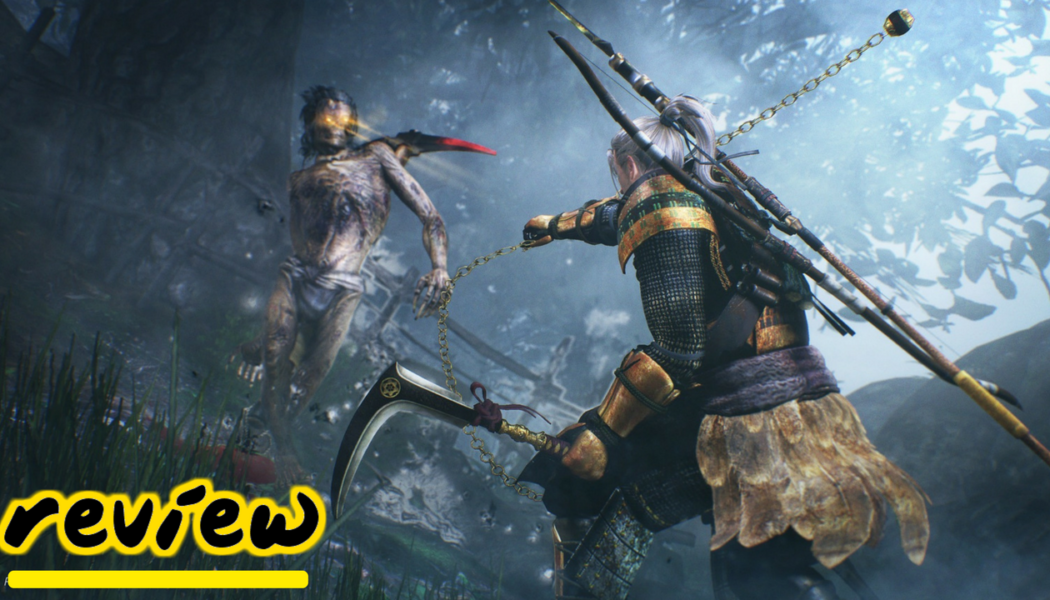
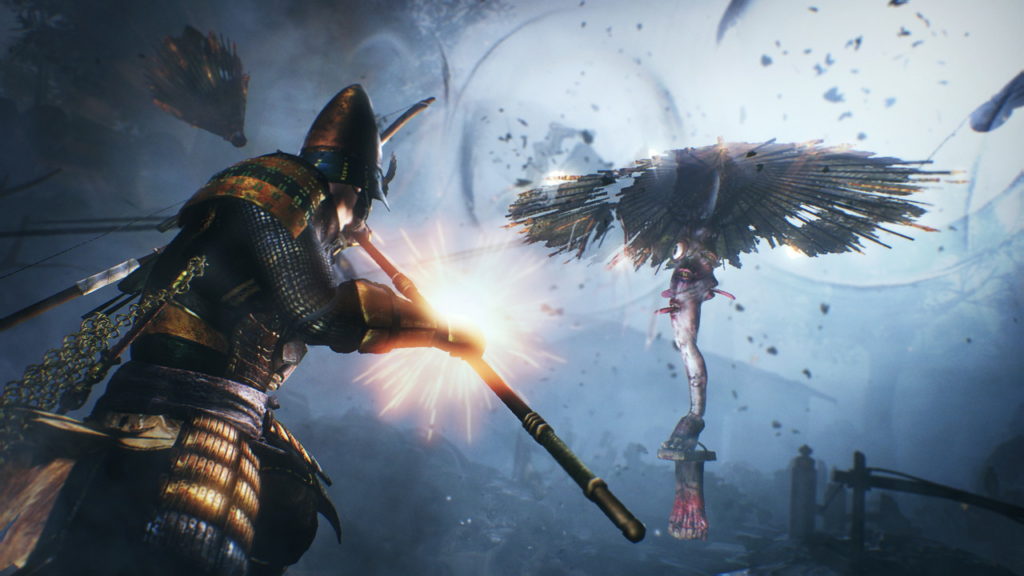

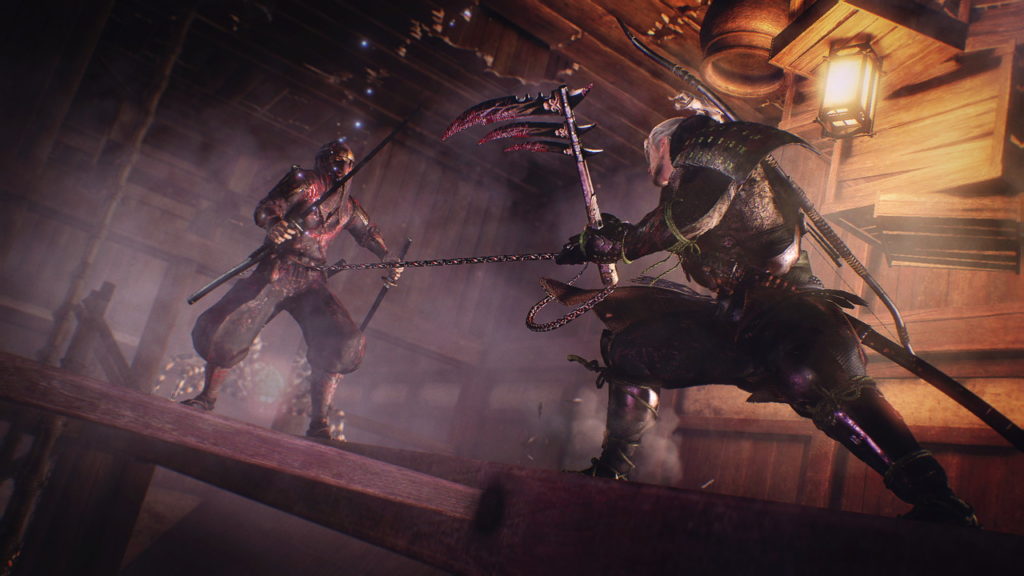
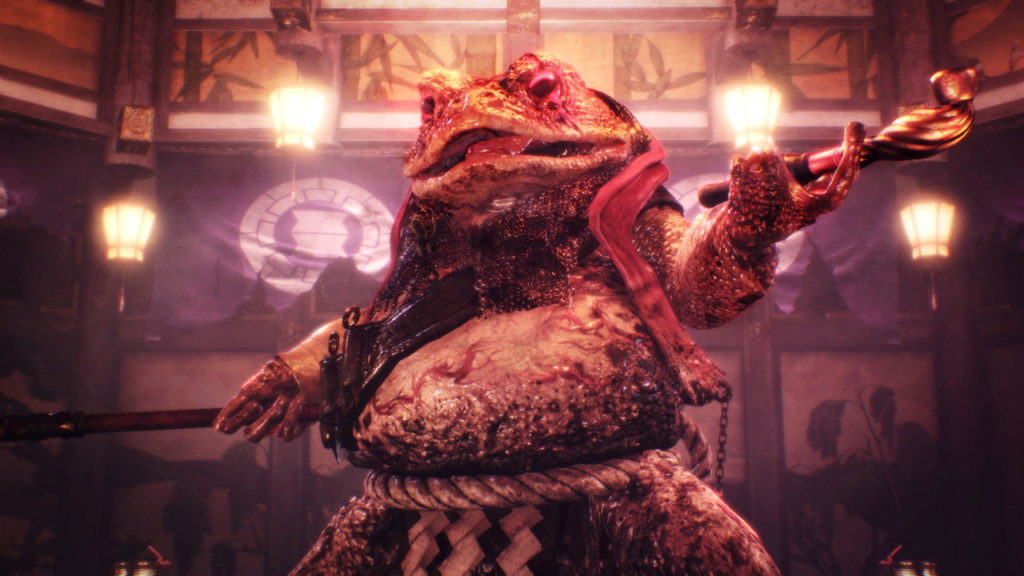
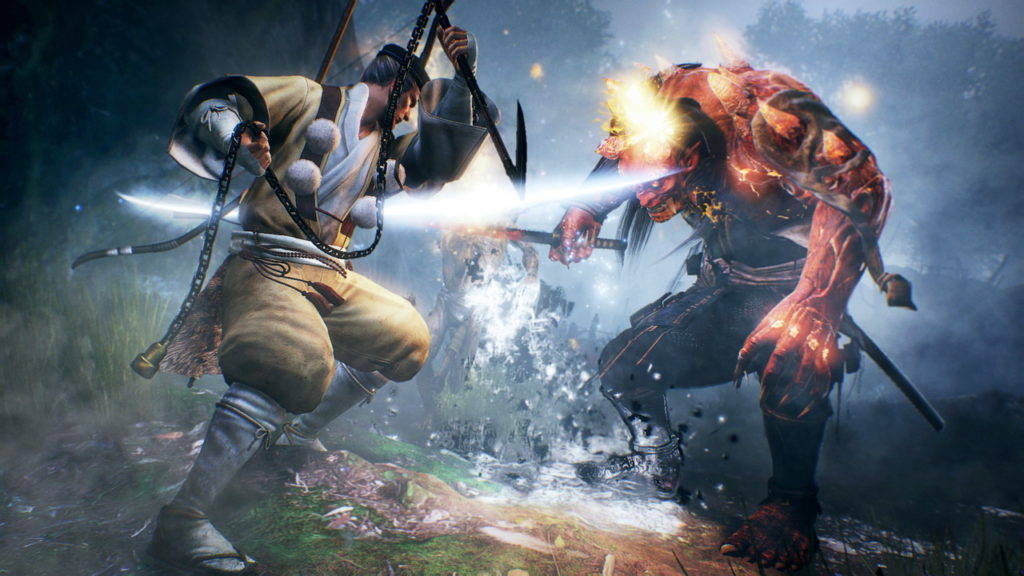
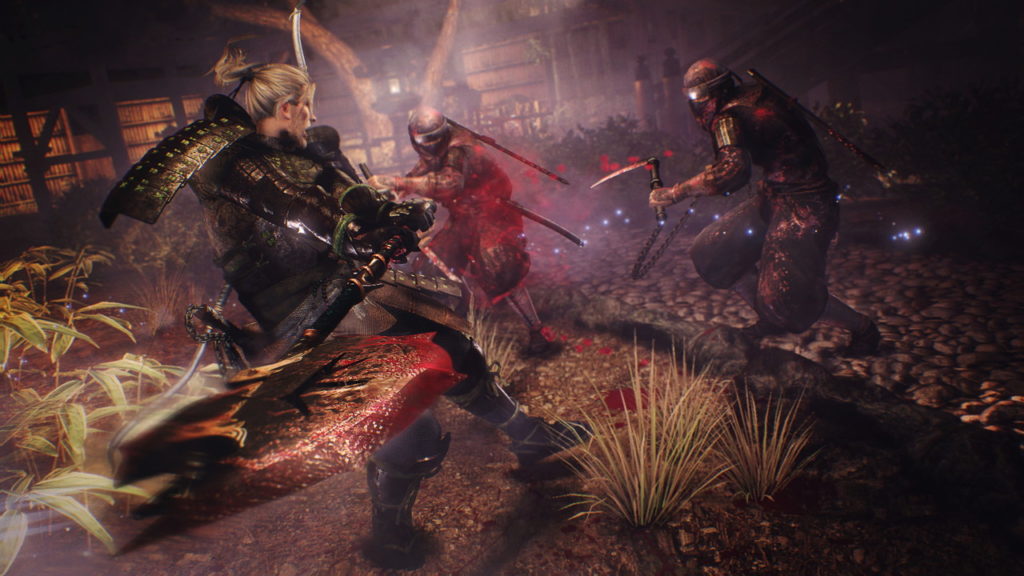
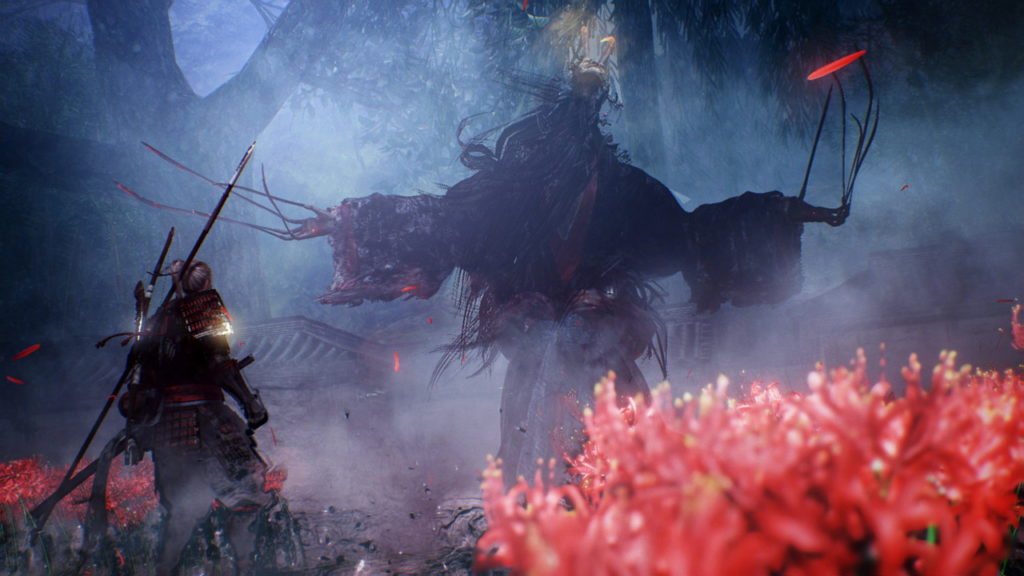
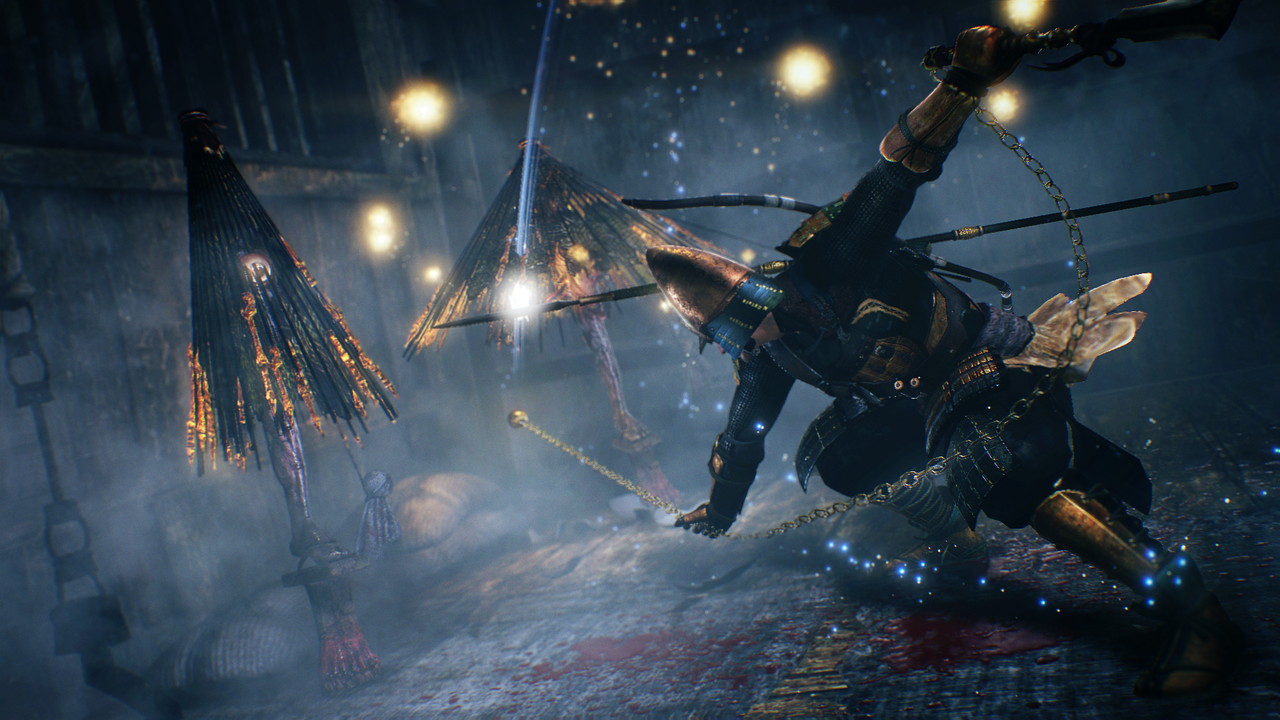
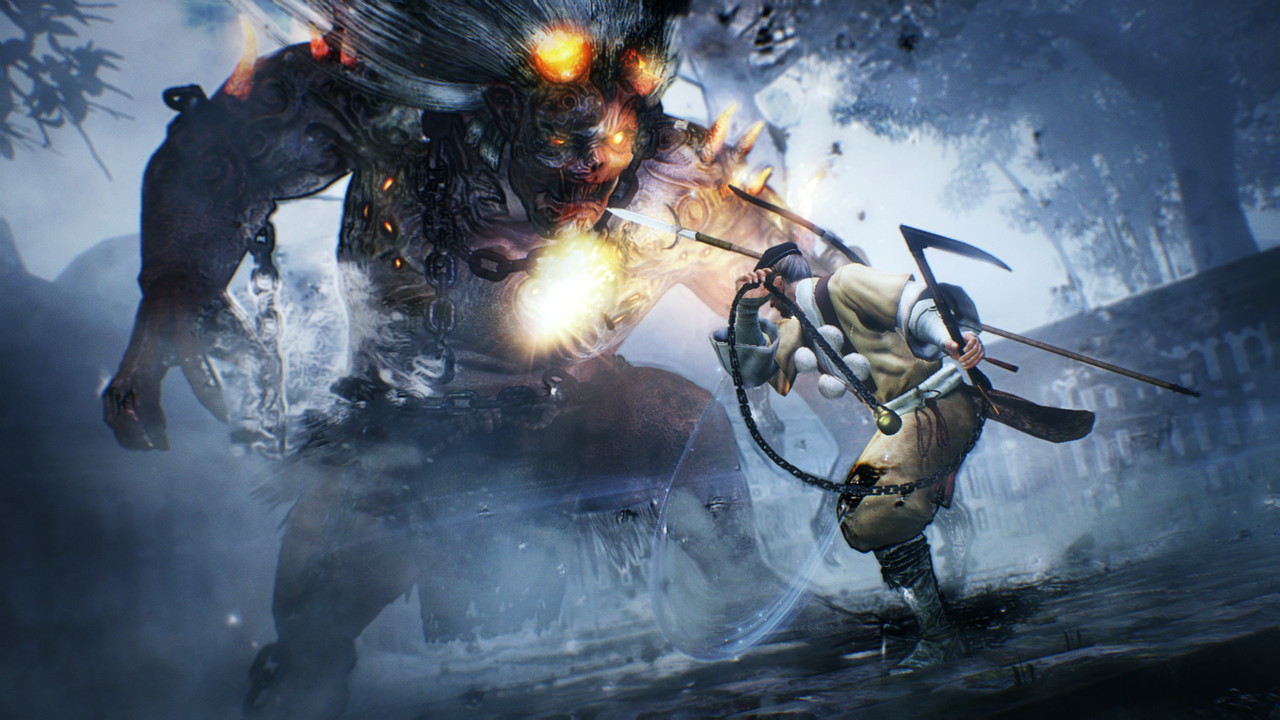
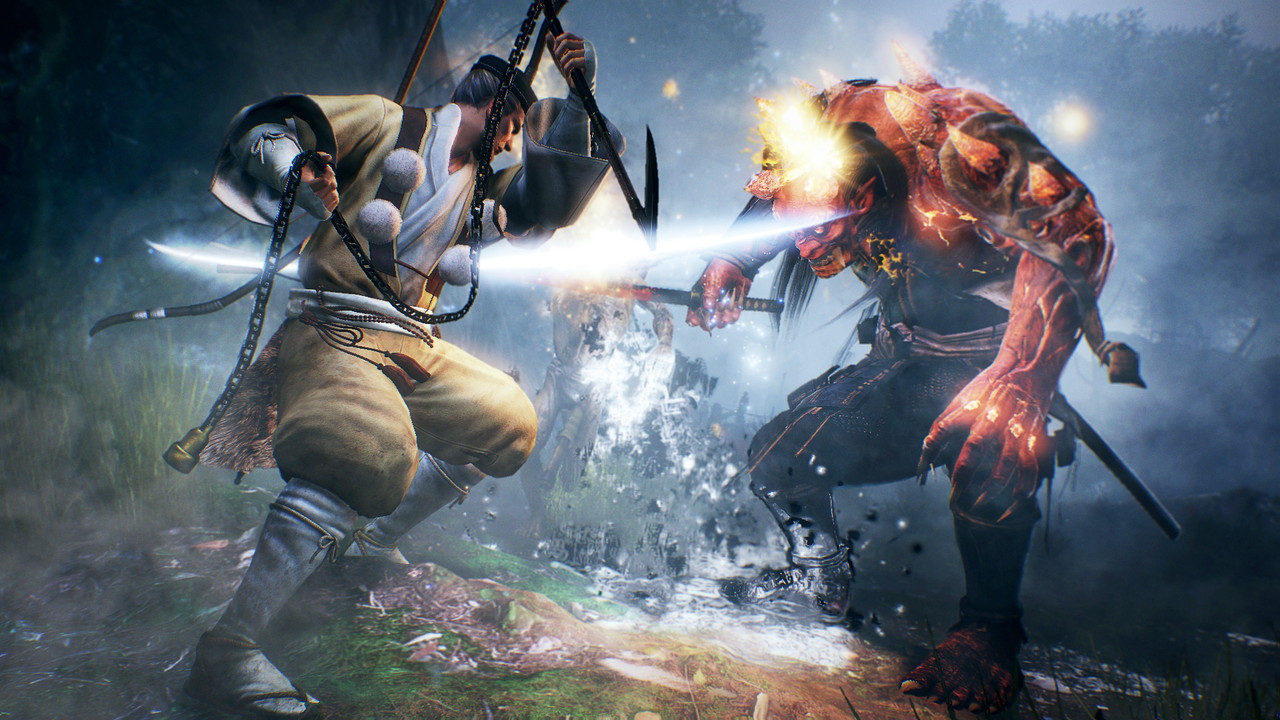
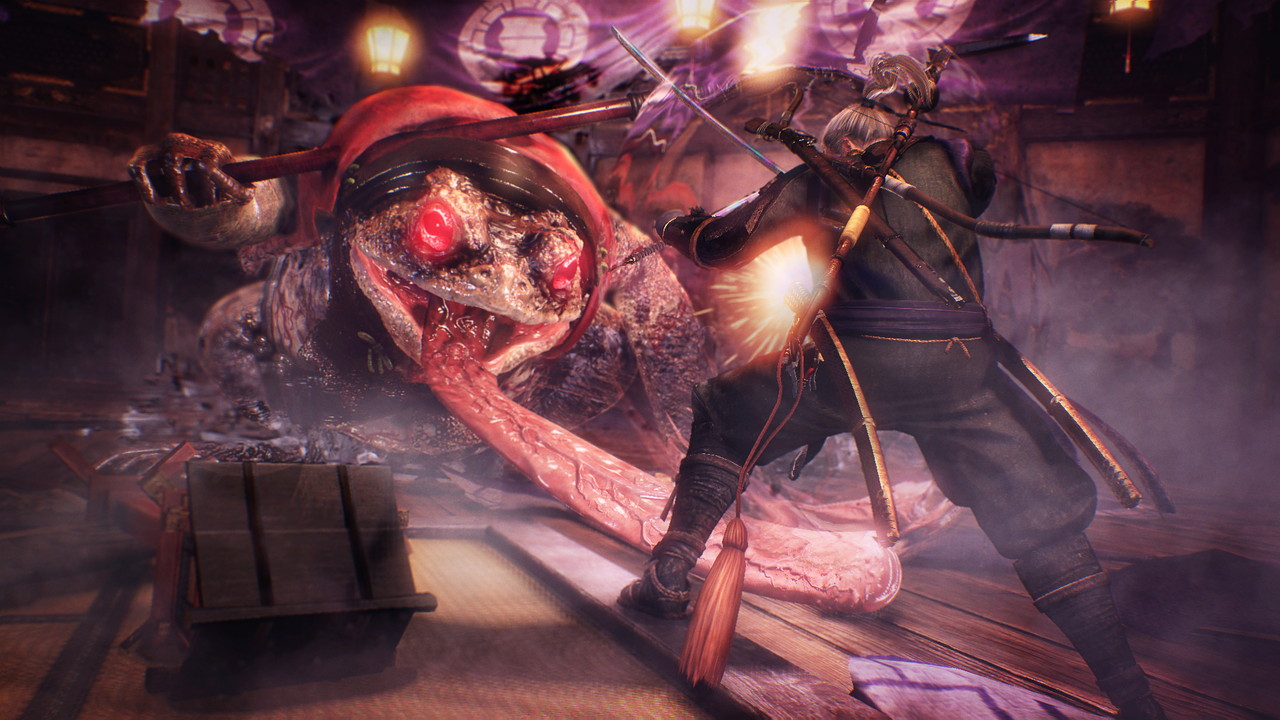
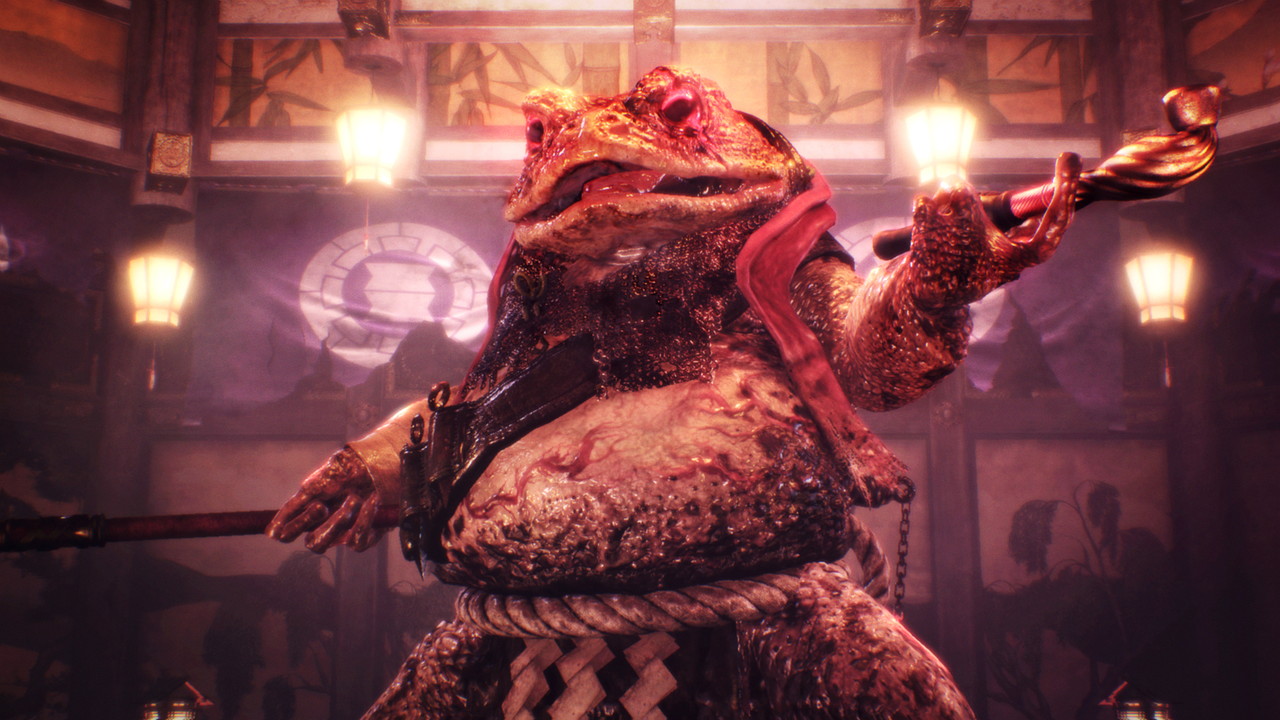
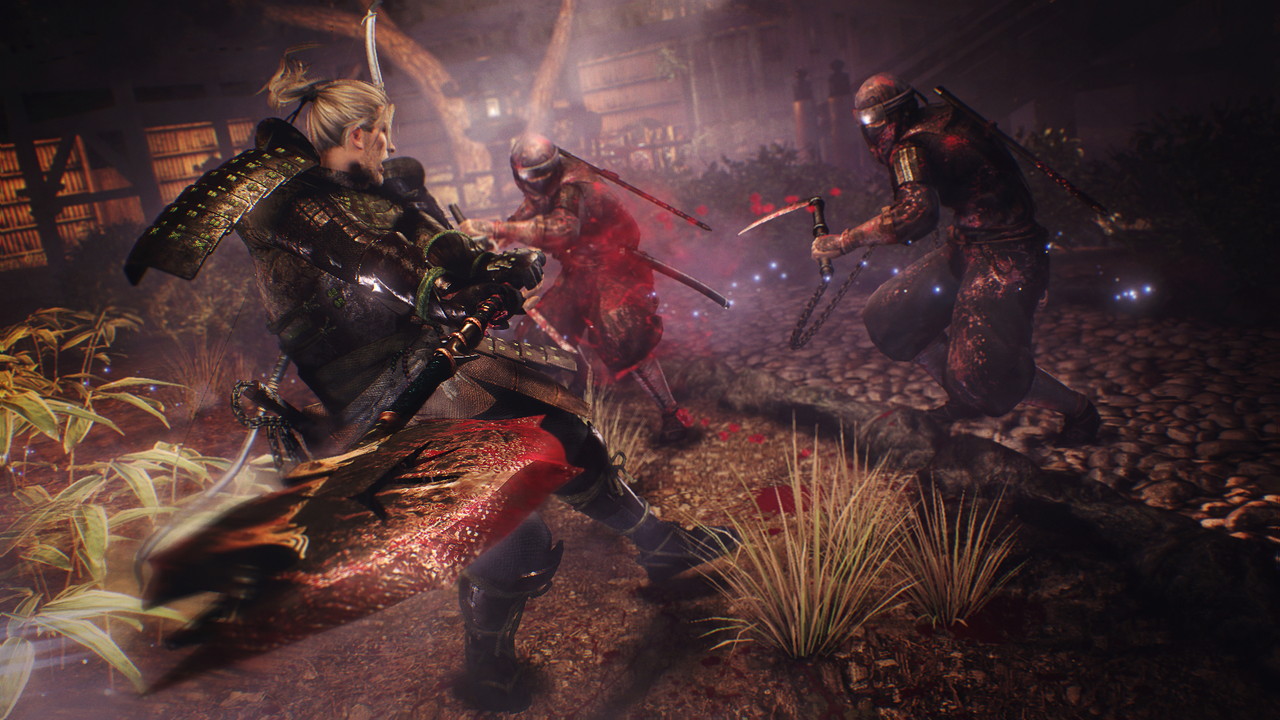
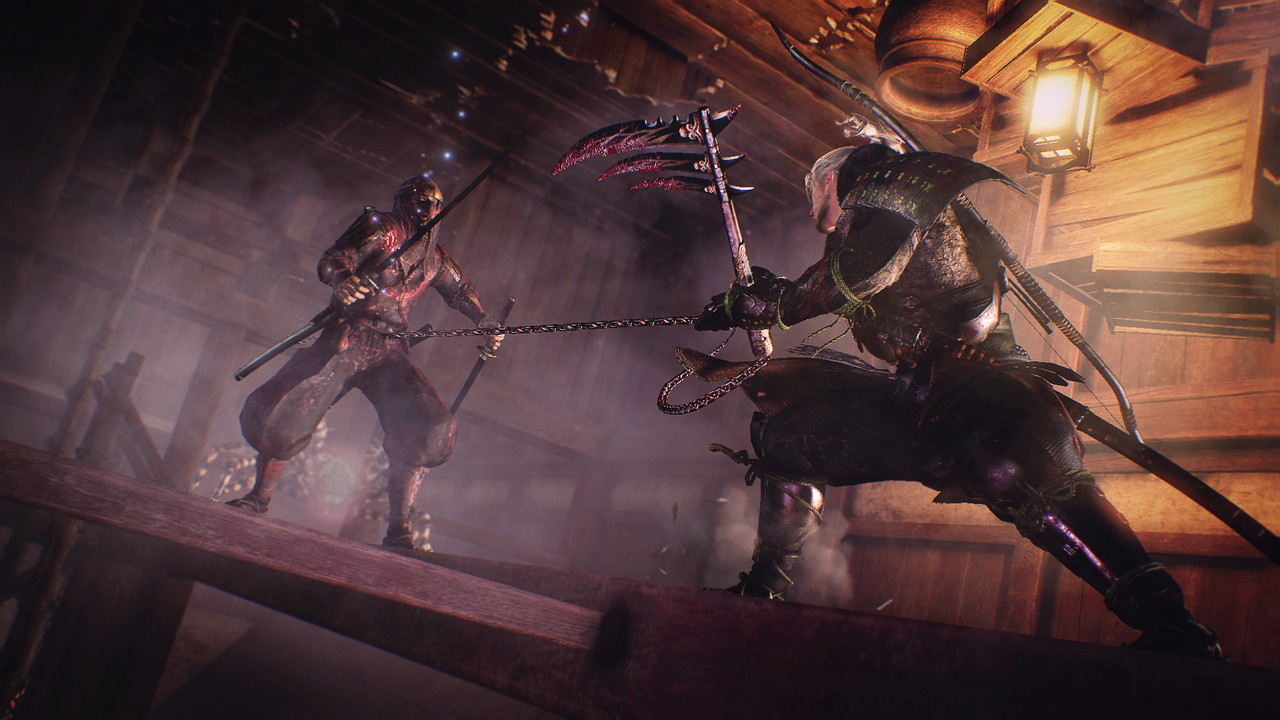

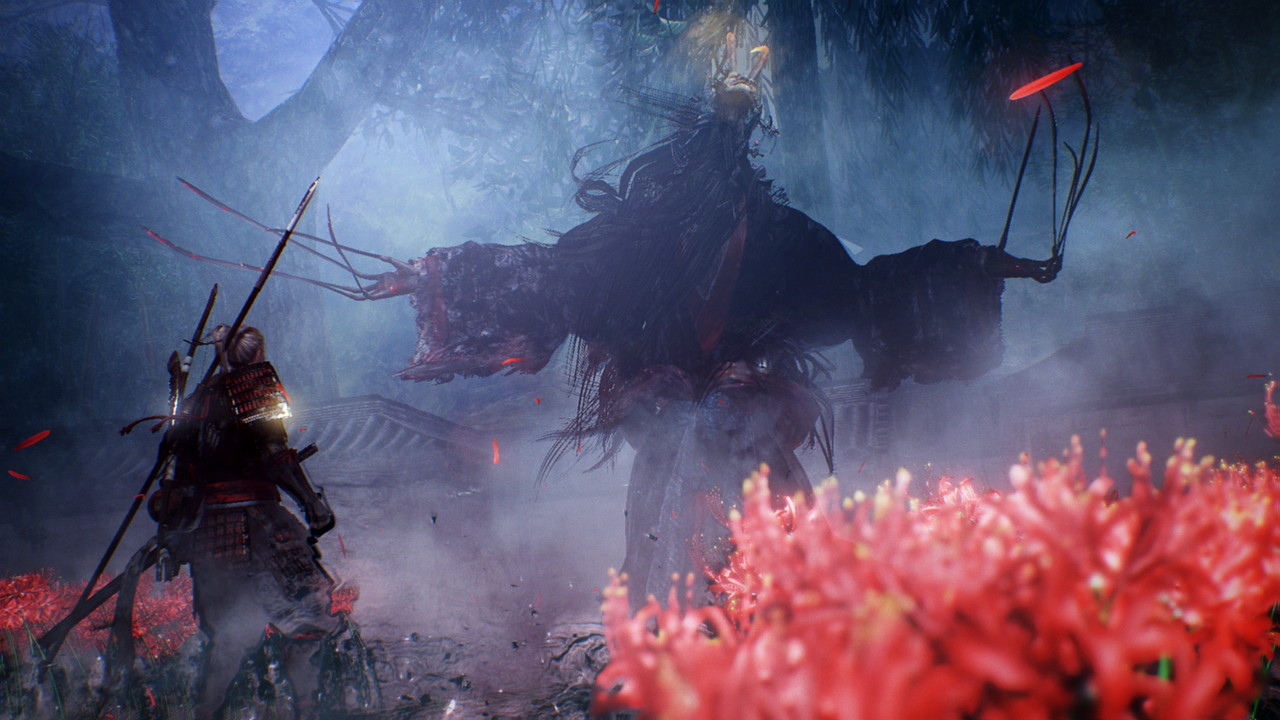
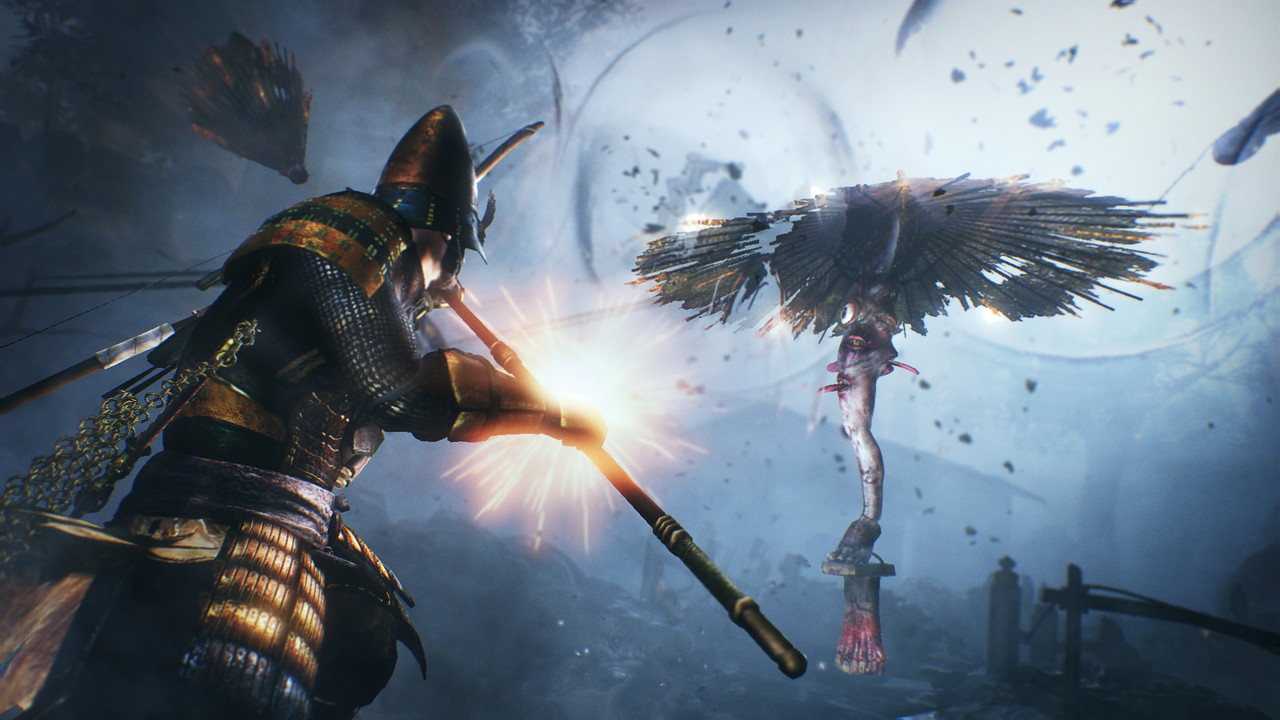
Darren Rodrigues
I was so pumped for this game and I’m glad it turned out to be good. Look forward to playing it during my summer break
TotalDimwitTheCynicalTwit
The game is damn good, at times even better than Dark Souls